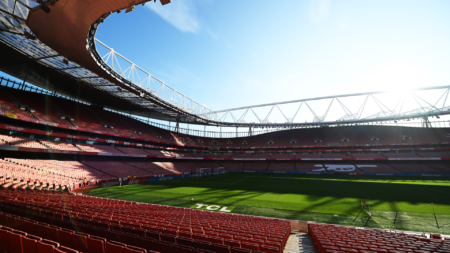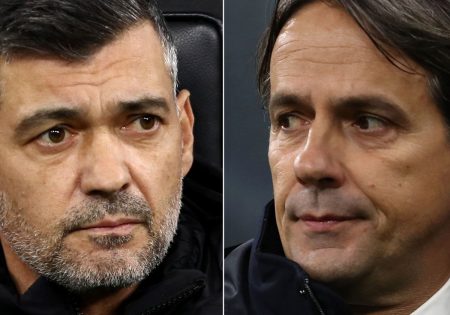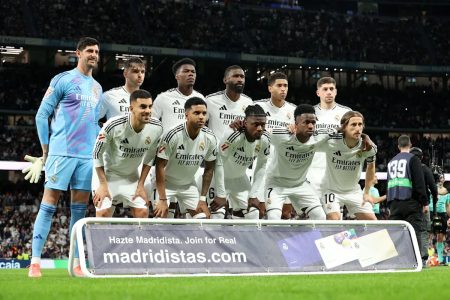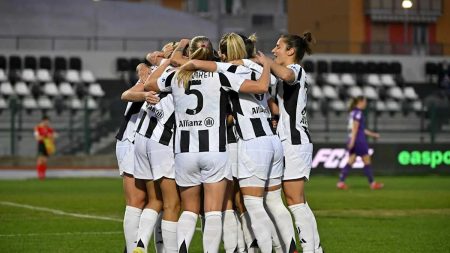Manchester City’s Dominance and Financial Might
Manchester City has firmly established itself as one of the most formidable clubs in world football, boasting the second-highest wage bill of £466 million last season, just behind Paris Saint-Germain (PSG) with £553 million. The club’s investment in its squad has been nothing short of staggering, with the total transfer expenditure reaching £1.09 billion. This financial prowess has translated into unparalleled success on the pitch, as City has claimed seven Premier League titles, eight domestic cups, and the coveted Champions League trophy over the past decade. The club’s commercial revenues have also skyrocketed, rising from a mere £23 million in 2009 to a remarkable £349 million in the most recent season—a staggering 1500 percent increase. However, despite this impressive financial and sporting performance, Manchester City’s merchandise sales tell a different story, placing them 11th in Europe with £63.8 million, far behind Liverpool and Manchester United, who each earn over £120 million, and Real Madrid, which tops the list with £164.6 million.
The Merchandise Gap: Hearts and Minds Over Money
The discrepancy between Manchester City’s wage bill and merchandise sales highlights a significant challenge for the club: winning over the hearts and minds of fans globally. While the team’s on-field success and financial might are undeniable, their ability to connect with supporters through merchandise has not kept pace. Merchandise sales are often seen as a proxy for a club’s global fan base, and City’s lower ranking suggests that despite their trophy-laden cabinet, they have yet to fully capture the emotional loyalty that other top clubs enjoy. This could be attributed to a variety of factors, including the club’s relatively recent surge to prominence and the strong historical and cultural ties that other clubs have with their fan bases. The challenge for City is to bridge this gap and build a more robust and enduring fan connection.
Chelsea’s Financial Investment and Struggles
Chelsea, another Premier League giant, has taken an even more aggressive approach to financial investment. According to UEFA’s European Club Finance and Investment Landscape report, Chelsea’s squad at the end of their 2024 financial year was officially the most expensive ever assembled, with a combined transfer cost of £1.39 billion. This figure comfortably surpasses the previous record holder, Real Madrid, whose 2020 squad cost £1.12 billion. Despite this financial commitment, Chelsea has failed to translate it into consistent on-field success. The club finished sixth under Mauricio Pochettino in the 2024 Premier League season, struggling to keep pace with the race for Champions League qualification. The stark contrast between the club’s financial investment and its current league position highlights the risks and uncertainties inherent in football’s transfer market and the importance of strategic management.
Liverpool’s Merchandising Success
In the Premier League, Liverpool has emerged as the undisputed leader in merchandising sales, grossing £123 million, which is just £300,000 ahead of Manchester United. The Reds’ merchandise success can be attributed to their rich history, passionate fan base, and consistent on-field performance. Liverpool’s global appeal, driven by iconic players and memorable moments, has helped them build a loyal following that eagerly purchases club-branded items. The club’s approach to merchandising, including innovative designs and strategic partnerships, has also played a crucial role in maintaining this leading position. For Liverpool, merchandising is not just a source of revenue but a way to strengthen their connection with fans and reinforce their brand identity.
Manchester City’s Innovative Kit Strategy
Manchester City has been proactive in attempting to boost its merchandise sales by releasing four different kits this season. In addition to the traditional home, away, and goalkeeper jerseys, the club introduced a special ‘Definitely City’ kit to mark the 30th anniversary of the rock band Oasis’ debut album, ‘Definitely Maybe.’ This unique move, which saw the shirt originally priced at £80 but now available for £48, demonstrates City’s willingness to innovate and connect with local and global cultures. The ‘Definitely City’ kit not only pays homage to a significant moment in Manchester’s music history but also aims to create a buzz and attract new fans. However, the impact of this strategy on overall merchandising sales remains to be seen, as the club continues to explore ways to enhance its fan engagement.
Chelsea’s Lagging Merchandising Sales
Chelsea’s merchandising sales have been less impressive, even as their financial investment in the squad has reached unprecedented levels. The club has been overtaken by London rivals Arsenal and Tottenham Hotspur in merchandise revenue, further complicating their financial and sporting landscape. This lag in merchandising sales could be a result of several factors, including the club’s fluctuating form and the lack of a clear identity post-Roman Abramovich era. While Chelsea continues to spend heavily, the challenge remains to build a sustainable and loyal fan base that will translate into consistent merchandise sales. For Chelsea, finding a balance between financial investment and fan engagement is crucial to their long-term success and financial stability.











